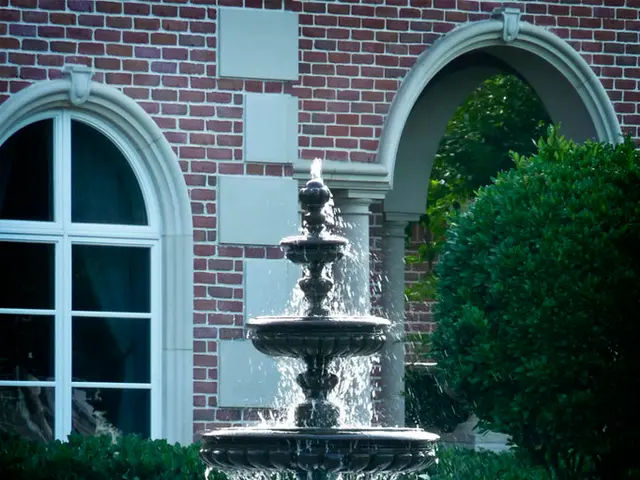The Question At Hand: What is Awe?
In a world where emotions can often feel elusive and hard to grasp, one emotion stands out for its profound impact on our lives – awe. This complex and multifaceted emotion, capable of being intensely pleasurable or imbued with dread, has captured the interest of scientists and researchers worldwide.
A video by Dacher Keltner titled "Why Awe Is Such an Important Emotion" offers an insightful exploration into the world of awe. The experience of awe, as it turns out, is not a one-size-fits-all phenomenon. It varies widely among individuals and contexts due to a complex interplay of factors spanning psychological, cultural, neurological, and situational dimensions.
One of the key factors influencing the awe experience is the emotional qualities and manageability of awe. Moderate levels of awe, intense yet not overwhelming, tend to be the most transformative and beneficial for well-being. Too much awe can be counterproductive or even distressing, suggesting that the balance of emotional intensity shapes how awe is experienced and integrated.
Context and triggers also play a significant role in evoking awe. Awe can be found in both rare and intense events, like viewing a sunrise over the Grand Canyon or watching Olympians break world records, as well as in everyday experiences, like watching leaves change colour or witnessing a stranger's kindness. Awe is not limited to specific cultural or societal contexts.
Culture influences not only how individuals experience awe but also how they express and judge such emotions. Differences in cultural norms and values can shape the subjective interpretation and social acceptability of awe responses, thereby influencing individual experiences.
Neuroscientific mechanisms underlie the awe experience, with research pointing to the involvement of the default mode network and key neurotransmitters like dopamine, serotonin, and oxytocin. These neurobiological underpinnings influence how intensely one feels awe and its lasting psychological impact.
Personal psychological and spiritual factors also play a role in shaping the awe experience. Individual differences in openness to experience, prior exposure to awe-inducing events, and psychological readiness modulate how awe is processed and internalized.
Interestingly, scientists believe that awe may have helped our evolutionary ancestors survive in uncertain environments. Awe is a feeling evoked by something vast that challenges understanding of the world. It can be found in response to nature's capacity for destruction, a leader's coercive charisma, or our perception of an angry and punitive God.
Today, researchers are uncovering the benefits of awe for clear thinking, good health, and close relationships. A new essay by Dacher Keltner titled "Why We Feel Awe" delves deeper into these benefits. Meanwhile, a guide titled "Stuck at Home? How to Find Awe and Beauty Indoors" by Michael Amster and Jake Eagle provides practical tips for finding awe during quarantine.
For those intrigued by the limitations and implications of awe, an article titled "What are the Limitations? Do We Need God to Feel Awe?" by Tania Lombrozo offers thought-provoking insights. Additionally, a new article titled "Who Experiences the Most Awe?" by Alex Springer discusses the results from a Greater Good awe quiz.
In conclusion, the experience of awe is a fascinating blend of the personal, the cultural, the neurological, and the situational. It is a deeply subjective and variable human experience that continues to captivate researchers and individuals alike. As we continue to unravel its mysteries, one thing remains clear – awe is an emotion that holds immense potential for personal growth, understanding, and connection.
In the realm of academic research, topics such as 'environmental science' and 'neuroscience' intersect with 'awe' to unearth its nuances and diverse triggers. For instance, environmental science offers opportunities to experience awe in 'home-and-garden' settings, like watching leaves change color, or in 'fashion-and-beauty' as awe-inspiring art and design can spark a sense of wonder. Moreover, the lifestyle benefits of awe extend beyond scientific exploration, with practical tips and essays available for finding awe amidst everyday activities, even during quarantine, as seen in the guide titled "Stuck at Home? How to Find Awe and Beauty Indoors."




